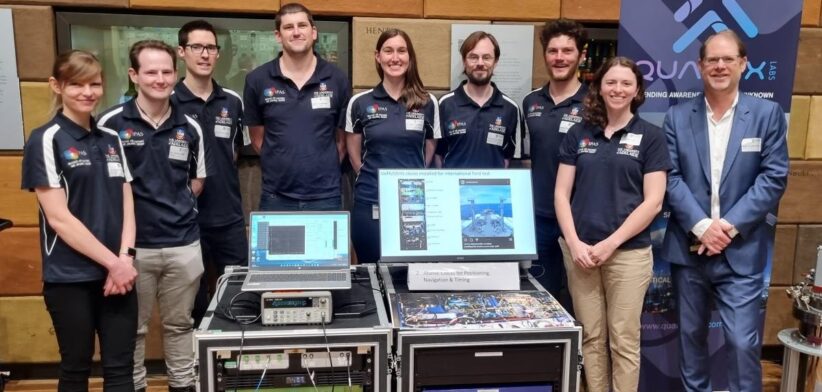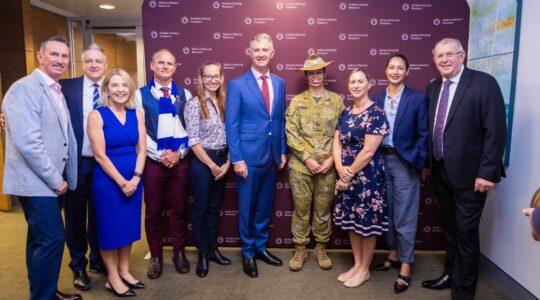A quantum clock built for the Australia Defence Force, as a back-up to GPS, has outperformed rivals and the Global Positioning System itself.
Developed at the University of Adelaide, the optical quantum clocks provide connectivity when the Global Positioning System (GPS) is jammed in time of conflict.
Research Physicist Ashby Hilton said the devices, created in partnership with the Defence Science and Technology Group (DSTG), were tested during naval exercises in Hawaii.
Dr Hilton said the clocks were designed to be robust enough to withstand being rocked by waves while they were on ships.
“The cutting-edge generation of clocks are between 20 and 200 times more precise over a second of measurement time than the present international standard,” he said.
Development Team Lead Andre Luiten said assured timing was critical for communications and positioning applications, especially at a time when sovereign defence capability was of increasing importance.
“Timing signals are currently provided by the GPS, however in contested environments, where GPS may be jammed or spoofed, time synchronisation between locations would rapidly deteriorate.
“A solution to this issue for the Australian Defence Force (ADF) is a sovereign-developed, rugged and portable clock, which could be deployed in the field.”
Dr Hilton said both clocks tested in Hawaii were optical atomic clocks and used rubidium and ytterbium to provide pure timing signals, enabling superior performance to GPS clocks.
“Previous versions of clocks that operate at this level of accuracy are not portable as they require large amounts of lab space and are too sensitivity to motion and changes in temperature.”
He said the clocks designed by the team relied on sealed cells containing a low-pressure gas of atoms.
“These cells are then interrogated with lasers at specific colours, and the information extracted is used to steer the laser wavelength to the atom – providing stability.”
Dr Hilton said the clocks were deployed, along with other quantum sensing and timing technologies, at the Rim of the Pacific (RIMPAC) naval exercises in July 2022, with the results recently published.
“RIMPAC was the first time that an ensemble of optical atomic clocks were demonstrated at sea.
“The University of Adelaide’s clocks were at the top of the performance chain of all clocks included in the exercise.”
Read the full report: Demonstration of a mobile optical clock ensemble at sea.








